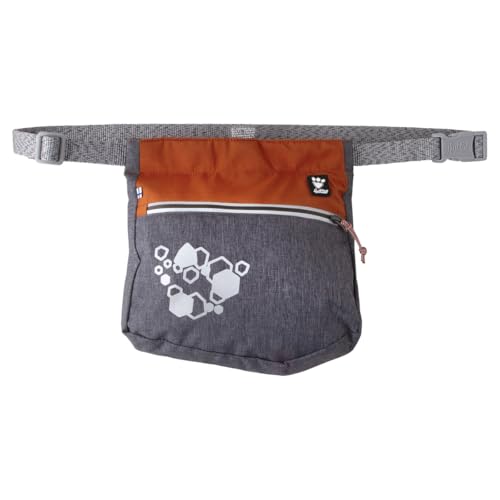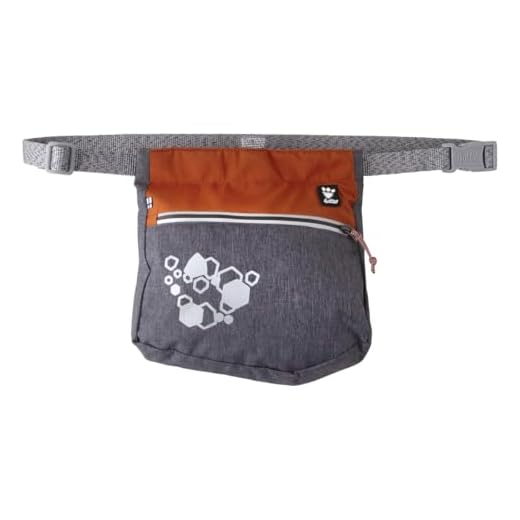


Yes, your canine companion can munch on these delicious fruits in moderation. Packed with vitamins and antioxidants, they can provide health benefits, such as improved immune function and better digestion. However, be mindful of the quantity, as excessive consumption may lead to digestive upset.
Before introducing these treats, ensure they are clean and free from pesticides. A thorough rinse under cool water can help remove any harmful residues. Always start with a small amount to see how your pet reacts, as individual sensitivities can vary.
Watch for signs of discomfort or allergies, such as itching or gastrointestinal distress. If you notice anything unusual, it’s wise to consult your veterinarian. Keeping an eye on your pet during snack time is crucial; while these fruits are generally safe, vigilance ensures their wellbeing.
Incorporating these fruits into your dog’s diet can be fun and beneficial. Try mixing them with their regular food or serving them as a refreshing treat on warm days. Just remember, moderation is key to keeping your furry friend happy and healthy.
Raspberry Consumption by Canines
Moderation is key. A few small pieces can be a delightful treat, but excessive amounts might lead to gastrointestinal issues. Always observe your furry friend after introducing any new food.
Here are some points to consider:
- High in antioxidants, these berries can provide health benefits.
- Natural sugars present in them can contribute to weight gain if given too frequently.
- Before sharing, wash them thoroughly to remove any pesticides or chemicals.
- Always remove any stems and leaves, as these can be harmful.
Watch for signs of discomfort or allergic reactions, such as vomiting or itching. If any adverse reactions occur, consult a veterinarian immediately.
As with any treat, balance is crucial. Incorporating these fruits occasionally can add variety to your pet’s diet while ensuring their health remains a priority.
Nutritional Benefits of Raspberries for Dogs
Including this small berry in your pet’s diet can provide a range of health advantages. Rich in antioxidants, these fruits help combat free radicals, thus supporting the immune system and reducing the risk of chronic diseases. A handful can also contribute to a shiny coat and healthy skin.
This fruit is a low-calorie option, making it a suitable treat for maintaining a healthy weight. With fibre content, it promotes digestive health, which is beneficial for overall gut function. The vitamins, particularly vitamin C, play a role in collagen production, which can support joint health and mobility.
Additionally, the presence of potassium aids in regulating blood pressure, while magnesium contributes to muscle and nerve function. These benefits can enhance your furry friend’s overall well-being.
While serving, ensure you wash the berries thoroughly and offer them in moderation to avoid any digestive upsets. Always consult your vet before making any significant changes to your pet’s diet, especially if they have existing health concerns.
Potential Risks and Side Effects of Feeding Raspberries to Dogs
While sharing these berries can be enjoyable, there are some health concerns to keep in mind. These fruits contain natural sugars and can lead to digestive issues if consumed in excess. It’s best to offer them in moderation to prevent any gastrointestinal upset, such as diarrhoea or vomiting.
Allergic Reactions
Some pets may develop allergies, leading to symptoms like itching, swelling, or gastrointestinal distress. Always observe your furry friend after introducing any new food, including these small fruits. If you notice any adverse effects, it’s wise to discontinue feeding them and consult a veterinarian.
Potential Risk of Xylitol
Although not present in fresh varieties, processed products containing these berries might include xylitol, a sweetener harmful to canines. Always check ingredient labels of any treats or foods before sharing them with your canine companion. For healthier options, consider looking into best cold press dog food.
Being cautious and informed will ensure your four-legged friend enjoys treats safely.
Recommended Serving Sizes for Dogs
Limit treats to no more than 10% of daily caloric intake. For small breeds, offer a few pieces, while larger dogs can handle a handful. Generally, one to two berries is sufficient for smaller canines, whereas medium to large breeds can enjoy up to five or six.
Guidelines by Size
Small breeds, like Chihuahuas or Pomeranians, should receive just one or two berries at a time. Medium breeds, such as Beagles or Bulldogs, can manage three to four. Larger animals, including Golden Retrievers or German Shepherds, may safely consume five to six berries in a single sitting, but moderation remains key.
Frequency of Treats
Incorporate these fruits as an occasional snack rather than a daily staple. Aim for once or twice a week to avoid digestive upset. Always monitor your friend’s reaction after introducing new items to their diet. Adjust serving sizes based on individual tolerance and health considerations.
How to Prepare Raspberries for Your Dog
Start by washing the berries thoroughly under cold water to remove any pesticide residues or dirt. This ensures they are clean and safer for your furry friend. Pat them dry gently with a paper towel.
Next, consider serving them whole, as many dogs enjoy the texture and taste this way. However, if your pet tends to gulp down food without chewing, it’s wise to cut them in half. This reduces the choking hazard and makes it easier for them to enjoy.
If your canine companion is new to these fruits, introduce them gradually. Offer just a couple of berries initially to monitor how their stomach reacts. Keep an eye out for any signs of digestive discomfort, such as vomiting or diarrhoea.
Another fun way to serve these treats is by freezing them. Simply place the washed berries on a baking tray and freeze them for a couple of hours. Once frozen, you can store them in an airtight container. This makes for a refreshing snack on a warm day, and many dogs love the icy texture.
Mixing these fruits into homemade treats can also be a delightful option. Blend them with some plain yogurt or mashed banana to create a dog-friendly treat that’s both tasty and nutritious.
Lastly, always remember to remove any stems or leaves, as these parts can be harmful. By following these simple steps, you can ensure that your four-legged friend enjoys a delicious and safe experience with these fruits.






